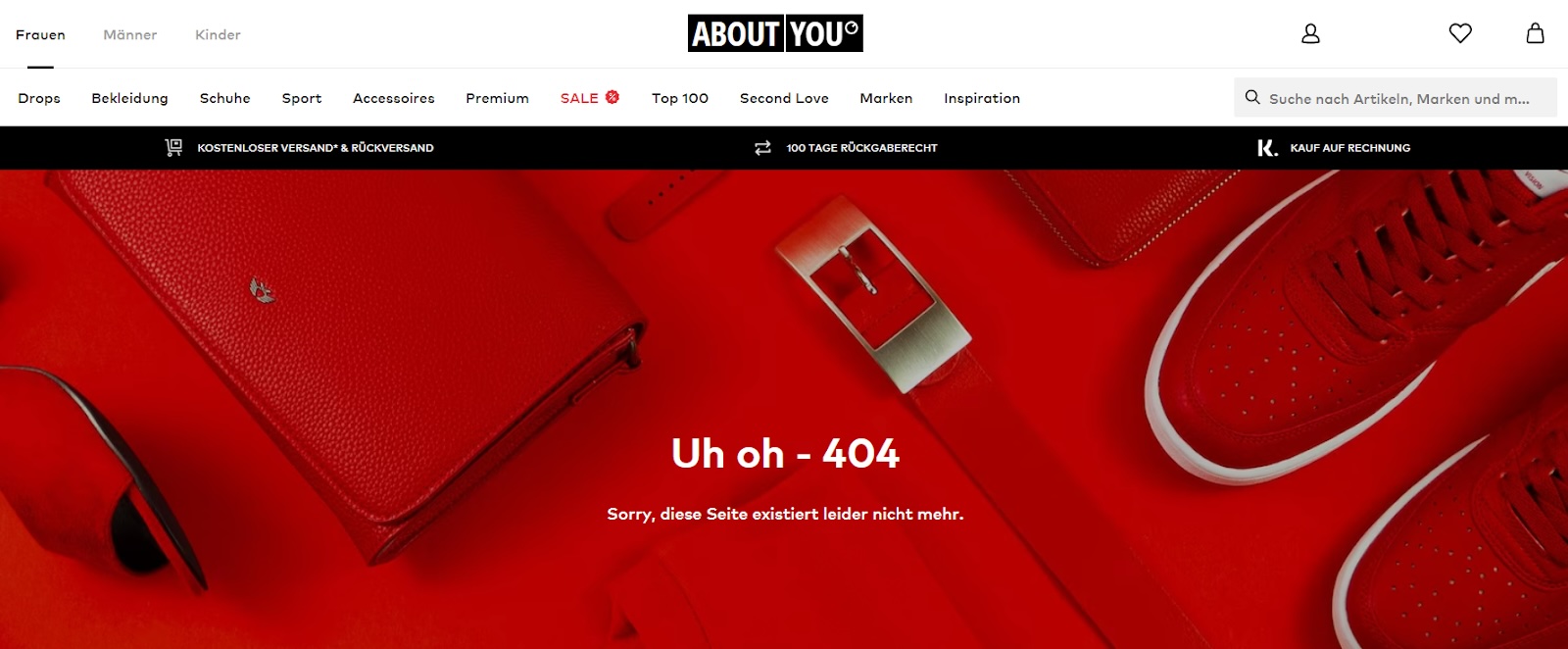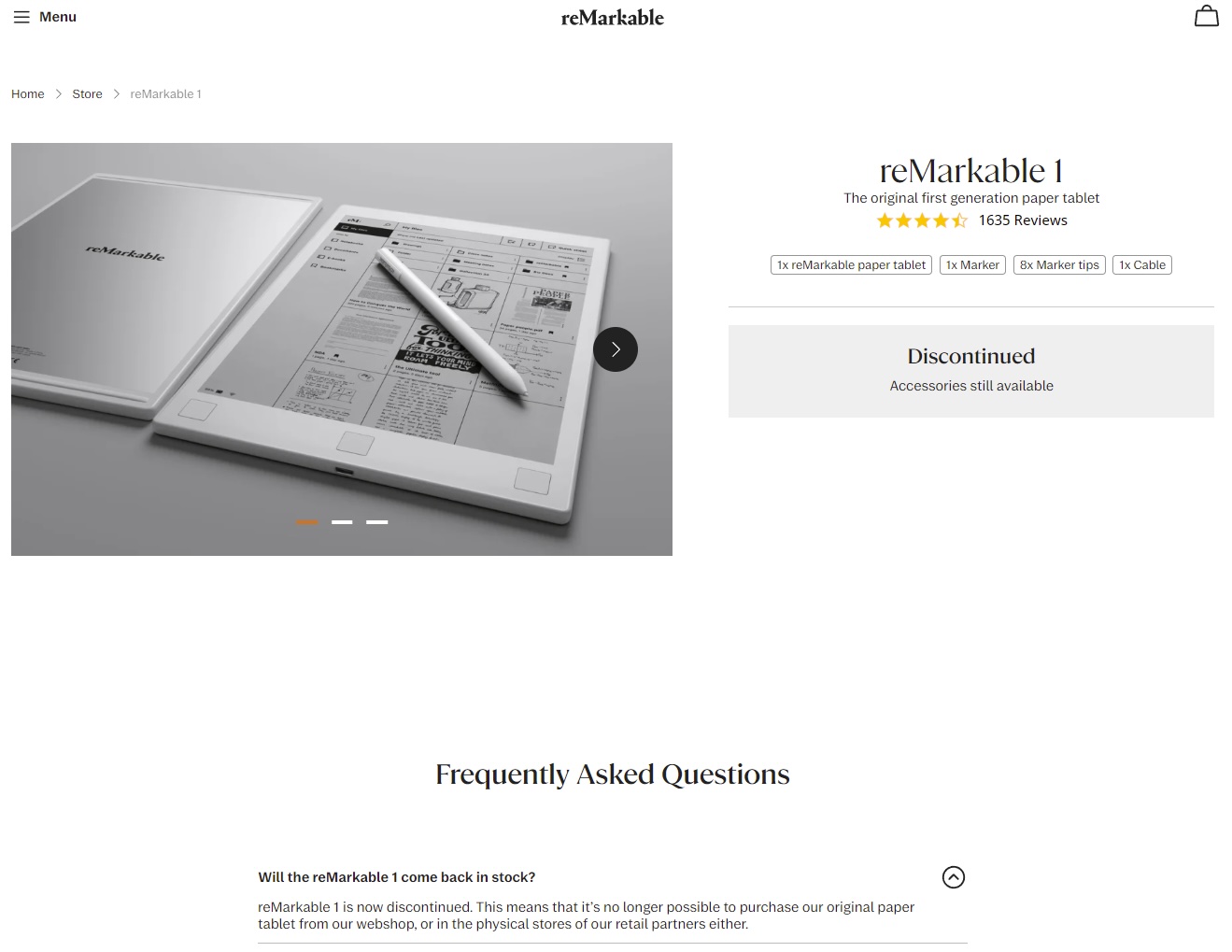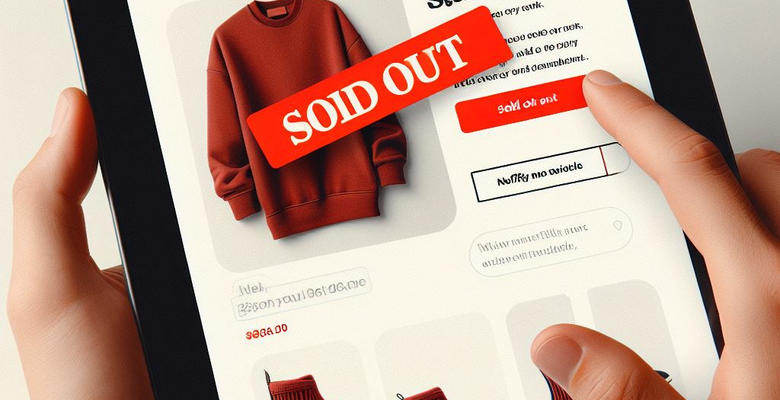The great thing about online retail is that you can theoretically offer an unlimited number of products - and for an unlimited amount of time. But in practice, it can still mean "We are out of stock" or "Our product is no longer available".
Temporary supply bottlenecks, unexpectedly high demand or the end of the product life cycle: there are various reasons why you may have to remove a product from your range - temporarily or permanently. To ensure that no more orders are received, you have to decide how to deal with the corresponding product page.
You have a choice of three options:
1. delete: you delete the product page
2. keep it: The product page remains online
3. redirect: You redirect the page to another one
Not sure which option is best? Very good, because every decision has different consequences. These are the respective advantages and disadvantages.
Delete the product page
This measure is the hardest: you send the product page to the eternal hunting grounds without setting up a redirect. This has the following consequences:
- The deleted page disappears from the search engine index, which means that the "SEO Juice" you have built up is also lost.
- Just because a product page is deleted does not mean it has disappeared! It may still be linked to on social networks and other websites. Or interested parties may have saved the page as a bookmark. If someone now uses the URL, they end up on an error page (Error 404). This is confusing.


Quelle: https://www.aboutyou.de/404
- Ideally, your customer will realise that your product is no longer available and therefore the page has been deleted. They use your online shop's search function to find an alternative. Or they go to the homepage to browse.
- In the worst case, the visitor is confused and frustrated. They leave your online shop with a bad impression and never return.
Keeping the product page
The product page remains "live" even though your product is sold out. Interested parties who land here will inform you about the "out of stock" situation. This results in:
- If the stop in sales is only temporary, potential customers can find out about the product as before. Ideally, you should offer potential customers a "waiting list" or advance purchase. Once your products are available again, work through this list.
- If you permanently remove the product from the range, you must communicate this clearly. Use the product page to point out similar offers ("cross-selling") or higher-value offers ("upselling"). This will make potential customers linger on your website and perhaps make another purchase.
- If you keep the page, the search engine rankings that you have thoroughly built up through SEO will remain.
- However, if you have a lot of pages in the index of Google and Co. because your online shop is very extensive, this "useless" page can prevent new pages from being indexed or ranking well.
- There are no direct conversions on the product page and the dwell time decreases - this pulls your online shop metrics down. Bear this in mind for your analyses!
Forwarding the product page
In this case, the product page technically remains the same. However, if a visitor calls up the URL, they will be redirected to another page. The good thing about this is:
- If you redirect the interested parties to a similar product, there is a good chance that a sale will be made.
- The old page remains and "passes on" some of your SEO strength to the redirected page. This means that not all of your search engine optimization measures are lost.
However, redirecting also has a few downsides:
- Redirecting may cost you a bit of page speed. This means it takes a while for the final page to load. This can put a strain on the nerves of impatient customers.
- The "silent" redirect could confuse potential customers, as they were expecting a different product. They will either bounce straight away or complain to your customer service.
- If visitors to the new product page don't get what they want, this will affect the conversion rate and dwell time. You should keep this in mind when analyzing your online shop as a whole.
What is the best solution?
As is so often the case, there is no ideal solution and therefore the best solution! Decide how you want to proceed. Here are a few practical suggestions:
Retain customers
If you assume that your "out of stock" situation is only temporary, you should keep the product page. Do you know when the product will be available again? Then state the date on the page. And integrate a notification function for interested parties, for example via WhatsApp or email.
Provide information
If your product is sold out and will remain so, communicate this very clearly. And proactively answer any questions that may arise. For example, Remarkable offers an FAQ on the product page of its first e-paper tablet.


Quelle: https://remarkable.com/store/remarkable
Offer similar products
If you redirect to a product page, you could display a note on the new landing page such as "The jacket you are interested in is sold out. Perhaps you would like this similar, also very popular jacket model?"
Use "dead pages"
Optimise your 404 page by not just displaying an error message. Instead, integrate a search mask and draw attention to current offers in your online shop. In other words: turn the error page into a sales page!
Communicate internally
No matter what you decide: Talk to your colleagues about it! Your colleagues in website analysis and your SEO experts need to know about the measures you have taken. If you delete a page, for example, make sure that you reduce the number of incoming links. This is the only way a product can really "disappear".
Summary
Opinions are somewhat divided on the subject of "out of stock" pages. Some are in favour of radical deletion, others in favour of forwarding or retaining. Find a solution that most people are happy with: Your marketing colleagues, your technical professionals, your sales team and your customers.
It is important that you do not act hastily, as some quick decisions may not be reversible. It is better to proactively develop an approach that can be implemented according to plan at any time.
As experts in our field, we are always ready to support your request with expertise and commitment. Don't hesitate to contact us as your trusted partner - we look forward to working with you to find solutions that meet your needs.
Click here for our contact details








